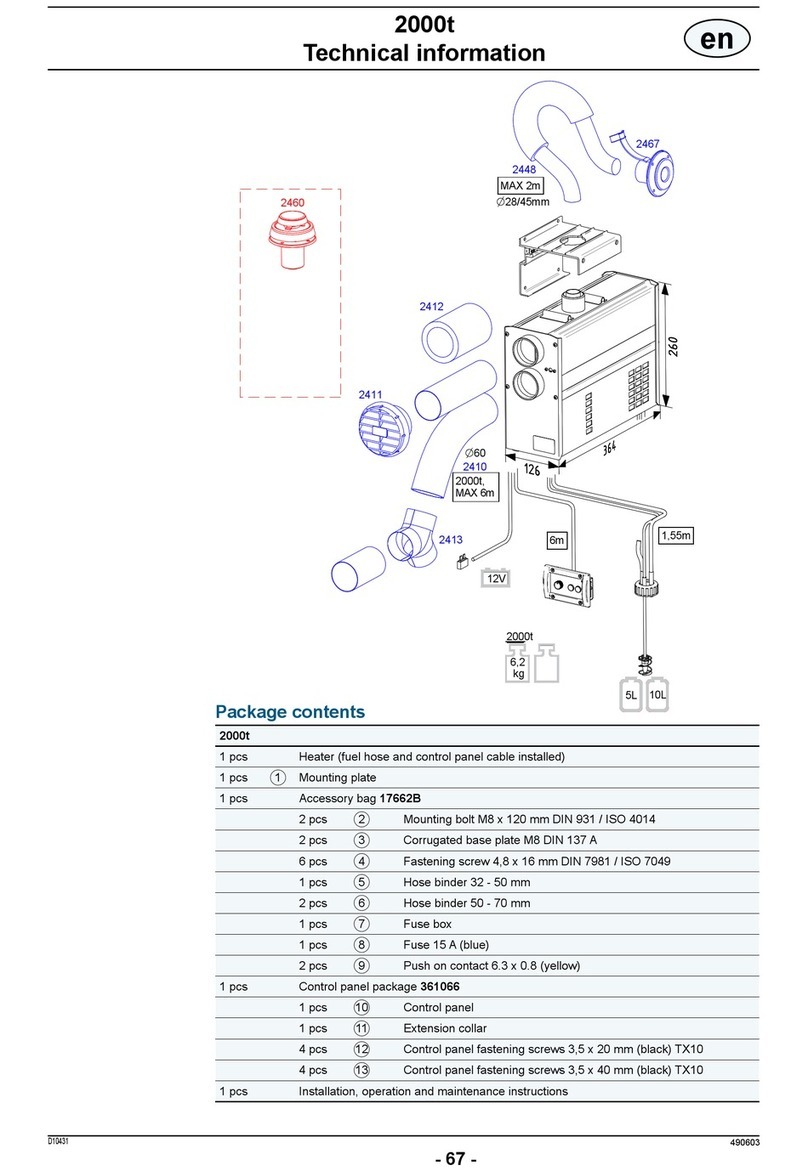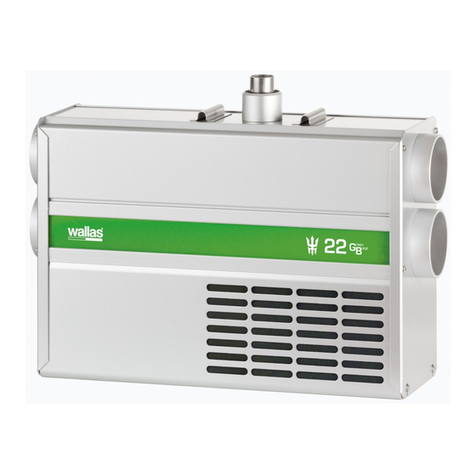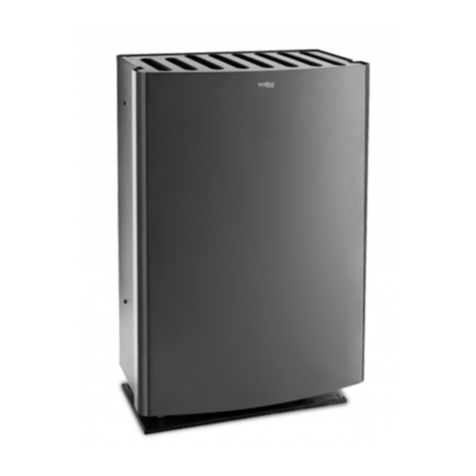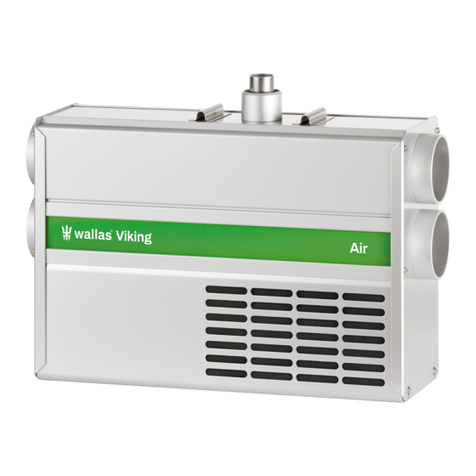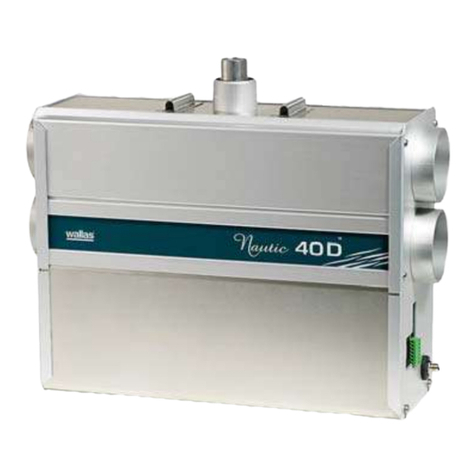
- 1 -
Technical information - Accessories and measures 1 ...........................................................................
Technical information - Technical information 2 .....................................................................................
Technical information - Operation description 3 .....................................................................................
Technical information - Things to note before Installation 4 ............................................................
Installation - Fastening the device 5 ............................................................................................................
Installation - Electrical connections 7 ..........................................................................................................
Installation - Electrical connections B 8 ......................................................................................................
Installation - Warm air ducting 10 .................................................................................................................
Exhaust gas connections - Exhaust gas connections coaxial 11 ......................................................
Exhaust gas connections - Side lead-through 2467 13 .........................................................................
Exhaust gas connections - Stern lead-through 5400 14 ......................................................................
Exhaust gas connections - Insulation kit 14 ..............................................................................................
Exhaust gas connections - Drainage lock 2471 15 ..................................................................................
Fuel connections - Fuel connections 16 .......................................................................................................
Fuel connections - Fixed tank connection 30011 17 ..............................................................................
Fuel connections - Separate tank connection 18 ....................................................................................
Fuel connections - Solenoid valve 19 ...........................................................................................................
Fuel connections - Tank external filters 20 ................................................................................................
Fuel connections - Selecting the fuel 21 .....................................................................................................
Operation - Device operation 22 .....................................................................................................................
Control Panel - Control Panel 3008 basic features 24 ...........................................................................
Control Panel - Software update 32 ..............................................................................................................
Control Panel - Wallas Remote application and Control Panel connection 33 ...........................
Control Panel - Error Codes 39 .........................................................................................................................
Important information - Installation check list 41 ..................................................................................
Important information - Maintenance recommendations 43 .............................................................
Important information - Warranty terms 44 ..............................................................................................
Important information - Disclaimers 46 .......................................................................................................
Back cover - Wallas - Spartan Air 47 .............................................................................................................



















